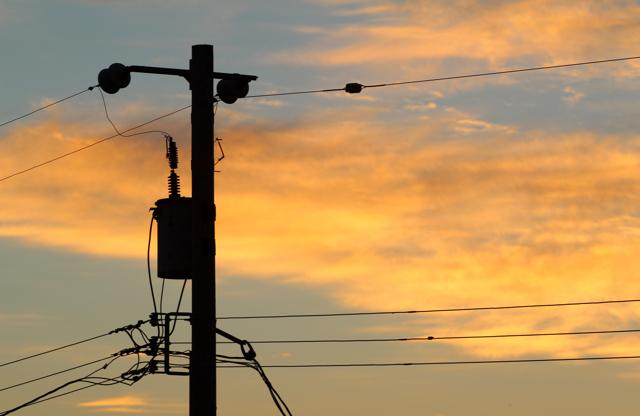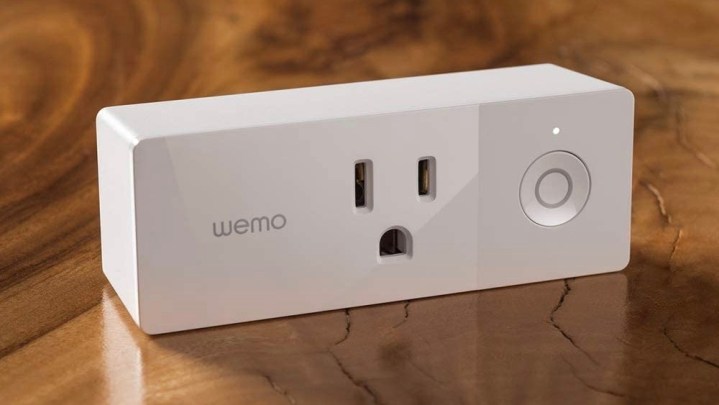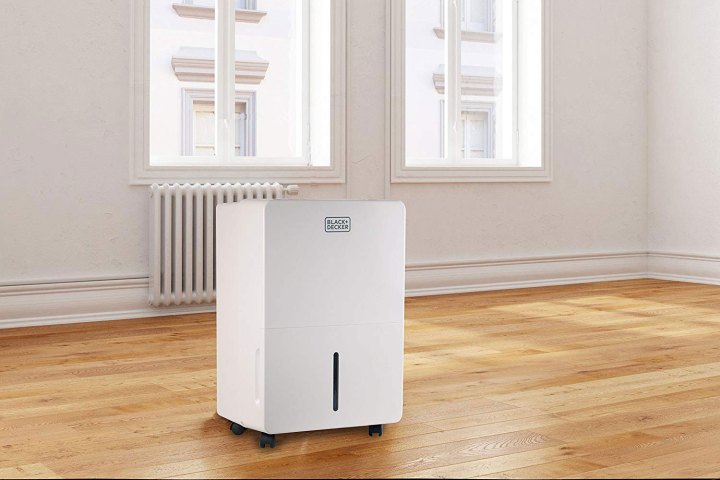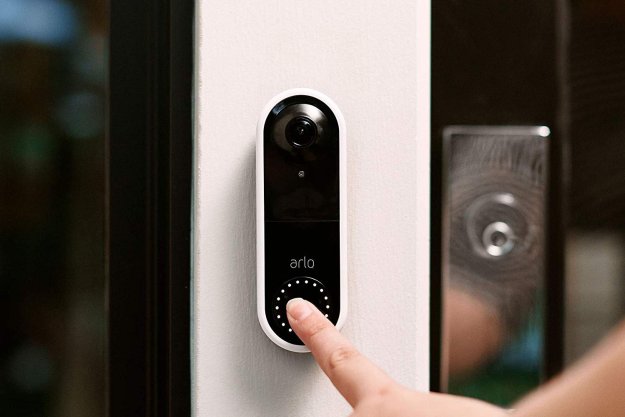Smart plugs are an easy way to bring automation into your home, as they allow you to turn just about any device into a smart gadget. Items like lamps, dehumidifiers, fans, and even refrigerators can all be powered remotely when connected to a smart plug — making them some of the most versatile smart home products around. Many of them also support Alexa and Google Assistant for easy operation.
Beyond bringing smarts to “non-smart” items, smart plugs are also said to help save you energy.
But is that really true? Can smart plugs reduce your energy bills? And if they can, does that mean smart plugs are a wise investment? Here’s a closer look at how smart plugs work and the truth about how much money they can really save you.
The building blocks of residential electricity

Before we examine the potential cost savings of smart plugs, we thought it best to take a look at the journey electricity takes from your road’s utility pole to your home.
For the typical North American residence, electricity enters the home through a 240/120-volt split-phase service drop. If you’ve ever been walking around your neighborhood, you may have noticed a metallic, vertical conduit extending from the roofs of the many homes along your street. This conduit is known as a service drop. Look closer, and you’ll see a series of three wires entering an opening at the top of the unit.
These connections are then routed through your home’s attic, walls, and down to the main electric panel in your basement. They terminate in a hub of 120- and 240-volt circuits to power all the lighting, outlets, and appliances in your house.
Depending on the energy company that delivers your electricity, your home’s energy consumption will be measured by a mechanical electricity meter or a more modernized digital model. Regardless of the meter, the electricity used by you and yours is measured in watts and kilowatts. A single kilowatt is equal to 1,000 watts.
Do smart plugs cut down on energy consumption?

Any device that you have connected to an electrical outlet is drawing power from your home’s electrical panel, whether that TV, floor lamp, or fragrance emitter is on or not. When not directly in use, devices still draw a minimal amount of electricity referred to as standby power (sometimes referred to as vampire energy). For most components, this is something akin to less than 0.15 kilowatts, which in the grand scheme of things isn’t very much energy at all.
A smart plug acts as a kind of gateway between the electricity provided by the power outlet it’s connected to and the device lined into the actual smart plug. When you dig into your plug’s companion app to power down your plug, in essence, you are sealing the floodgate between your outlet and the component your plug is powering, which is what turns off your device.
But guess what? Your smart plug is no different than the devices you connect to it when it comes to standby power. In order to remain connected to the Wi-Fi and Z-Wave networks that these plugs use to operate and automate, a smart plug requires a steady flow of electricity to keep these connections going.
While this amount of power is minuscule, it’s important to understand that no matter what gear you have plugged into an electrical outlet, that hardware is somehow drawing energy — even a smart plug. The only time a component is truly not drawing power at all is when it’s unplugged.
The best way to use a smart plug

It may sound like we’re leading up to some kind of overarching statement that smart plugs don’t do much when it comes to cutting down on your energy usage, but that’s simply not the case.
What we will say is that you should be thoughtful when choosing what hardware you’re connecting to a smart plug, especially if you’re trying to save money. Having phone chargers, coffee makers, desk fans, and other small items connected to a smart plug will grant you awesome automation features that you can control on the go, but these smaller devices don’t draw much power in the first place, so a smart plug isn’t going to do much in terms of energy consumption.
Instead, consider the devices in your home that draw a more significant amount of electricity. Dehumidifiers and air conditioners (window and portable units) are two big energy hogs, especially during the summer months. Depending on local temperature and humidity levels, there are times when a dehumidifier or temperature-triggered AC may run all day and night.
You might also consider installing them on outlets that are hard to reach, such as behind a TV or under your desk. Then, when you head out on vacation, you can simply use the accompanying smartphone app to disable everything connected to the outlet at once without the hassle of having to move furniture.
Connecting these appliances to a smart plug can help you create an automation schedule. Instead of running a dehumidifier all day, your automation may keep it powered during daylight hours and sporadically powered overnight. In most smart plug scenarios where automated power is applied to heavy-load appliances, most homeowners will likely see some kind of savings when the next electric bill hits the mailbox.
If you’re looking for robust energy-tracking features, the Emporia Smart Plugs are a great option, as they give you tons of ways to monitor your usage and provide you with tips on how to further lower your bills. For more suggestions, check out our roundup of the best smart plugs available today.
Editors' Recommendations
- Blink Mini 2 vs. Ring Stick Up Cam Plug-In: Which budget security camera is best for you?
- How to save Ring Doorbell video without a subscription
- Do Arlo Essential cameras require the Arlo Smart Hub?
- What is IFTTT and how can you use it in your smart home?
- The best pool robot vacuums



